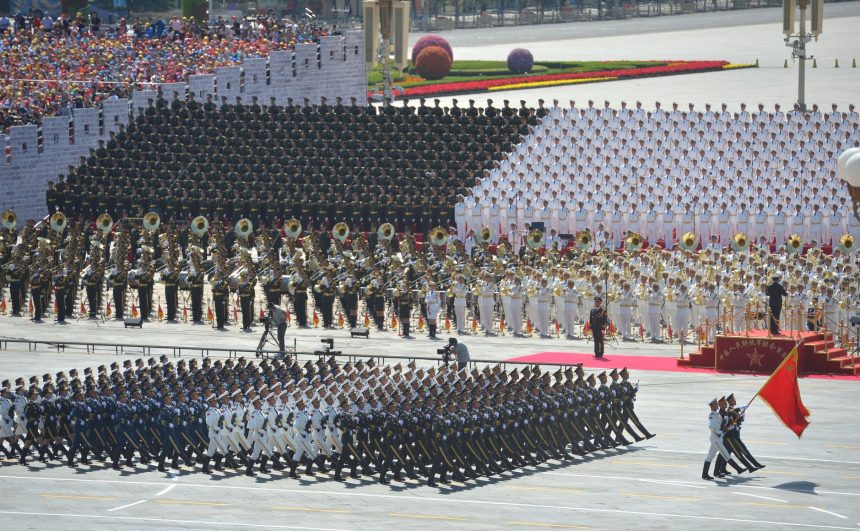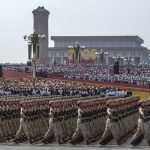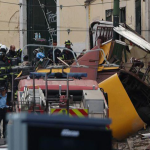A Show of Unity and Power on the World Stage
China made an unmistakable statement of its growing influence this week. In Beijing, President Xi Jinping hosted the country’s largest-ever military parade to mark the 80th anniversary of the end of World War II. The event doubled as a formidable display of military might and diplomatic alignment: Xi stood alongside Vladimir Putin and Kim Jong-un, signaling a unified front among anti-Western regimes, with attendees from Iran, Myanmar, and Belarus enhancing its global appeal.
Next-Gen Arsenal on Display
The parade wasn’t just symbolic. It spotlighted China’s advanced military capabilities, including:
- A fully realized nuclear triad encompassing land, sea, and air-based systems—now reportedly complete.
- Debuts of the Dongfeng-61 ICBM, hypersonic and supersonic missiles, anti-drone platforms, directed-energy (laser) weapons, and autonomous systems like underwater drones and drone submarines.
- Reorganized command structures with new cyber, information, and aerospace formations.
These advancements underscore China’s emphasis on stealth, speed, and technological supremacy, especially amid heightened tensions over Taiwan.
A Rival Blueprint to the Western Model
At the Shanghai Cooperation Organisation summit in Tianjin, Xi pitched a forward-looking diplomatic vision centered on sovereignty, equality, and multilateralism. Overshadowed by U.S. instability, he positioned China as a stable, appealing alternative, particularly for authoritarian governments disillusioned with Western norms. Xi’s “global governance initiative” painted a picture of a multipolar world, one less anchored to U.S. hegemony.
Beyond the Parade: Strategic Implications
This orchestrated melding of hard power and soft messaging signals more than military bravado. It reflects Beijing’s intent to restructure global order—increasingly without Western involvement. Analysts note:
- The parade acted as both nationalistic drama for domestic legitimacy and a messaging tool to deter regional opponents.
- China is aggressively redefining its diplomatic identity—branding itself as reliable, technologically advanced, and strategically assured.
- While the weapons on display are imposing, assessments caution that some systems may still be under testing—a reminder that China’s full operational readiness remains ambiguous.
Why This Matters
China’s display marks a watershed moment—reflecting a shift from restrained engagement to assertive leadership. The fusion of military modernization and diplomatic posturing reinforces Washington’s waning dominance and signals the emergence of a China-driven world order.
Would you like to dive deeper into specific weapon systems, China’s global governance blueprint, or Western responses to this display of power?











